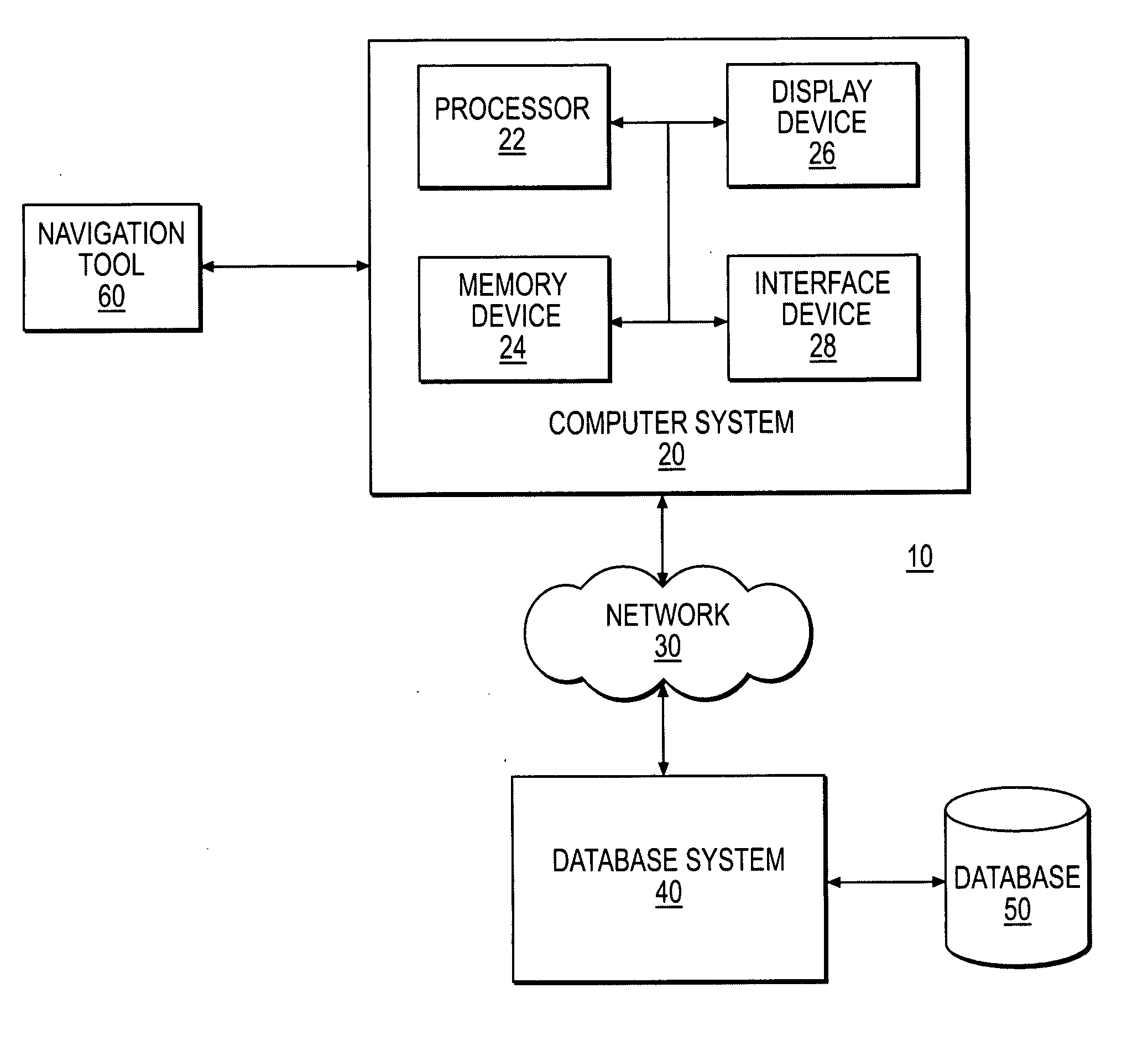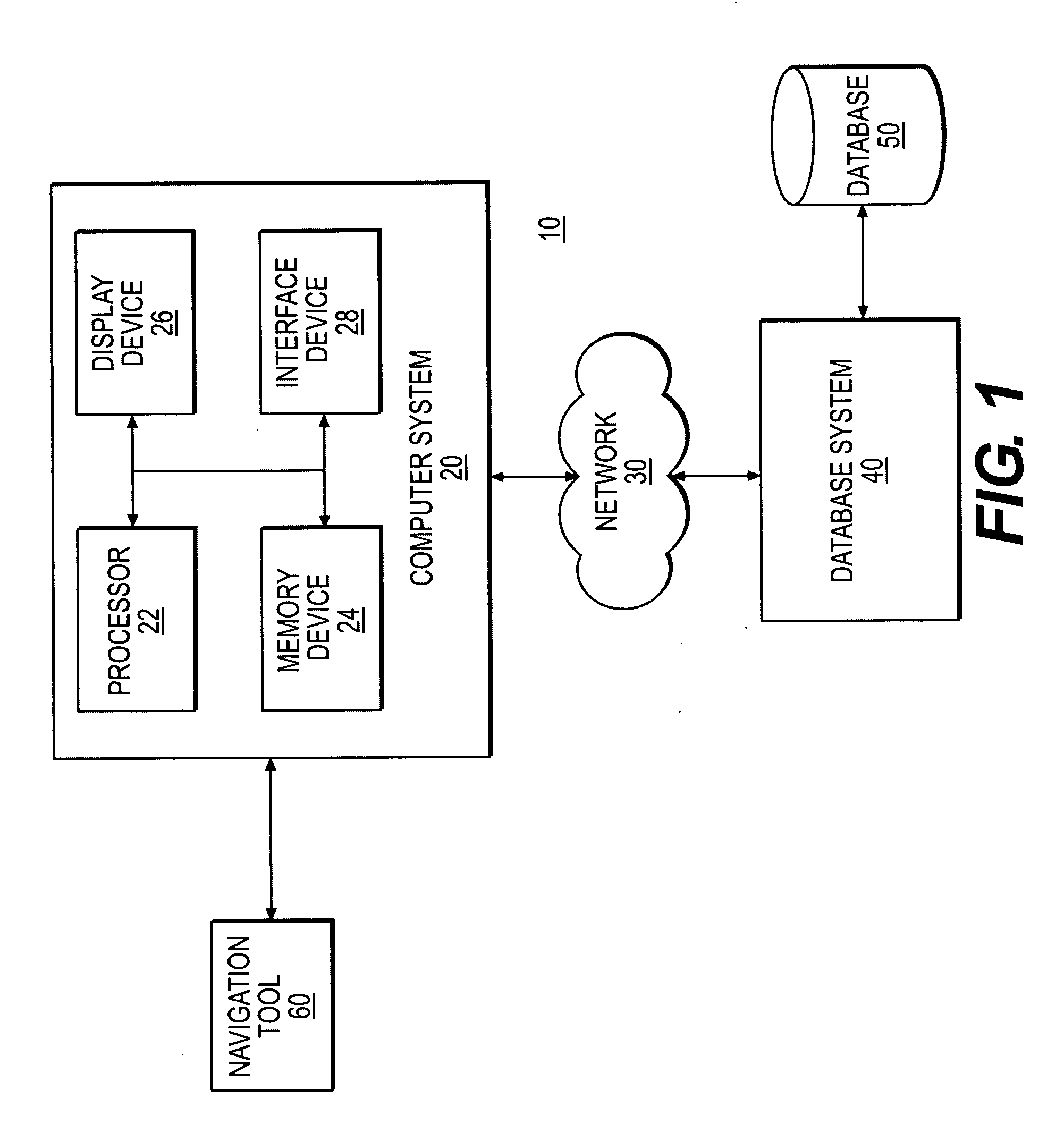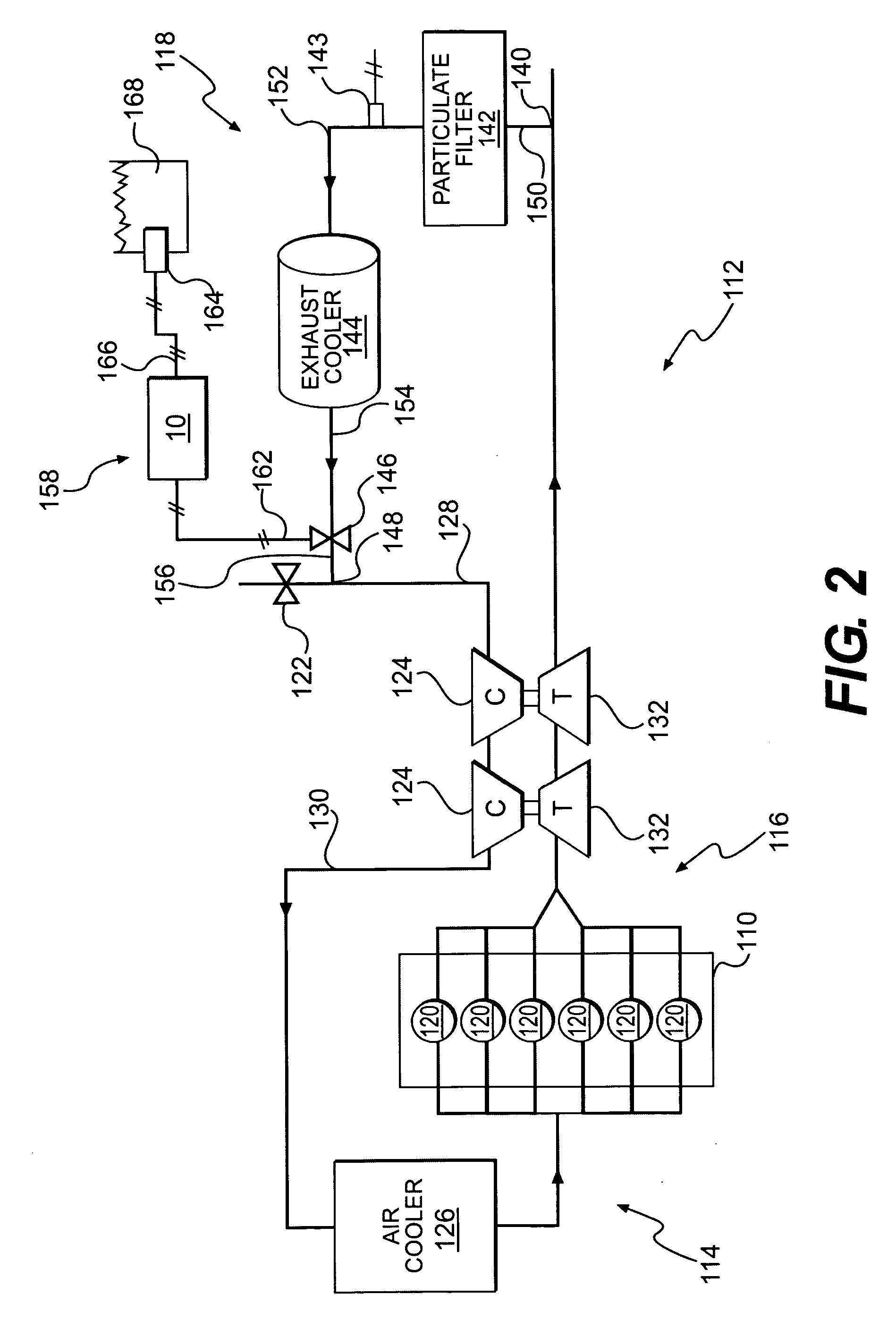Exhaust control system implementing fuel quality detection
a technology of exhaust control system and fuel quality detection, which is applied in the direction of machine/engine, process and machine control, and navigation instruments, etc., can solve the problems of affecting exhaust emissions, increasing the formation of secondary pollutant in the atmosphere, and damage to emission control devices
- Summary
- Abstract
- Description
- Claims
- Application Information
AI Technical Summary
Benefits of technology
Problems solved by technology
Method used
Image
Examples
Embodiment Construction
[0014] Due to regional variation in fuel quality across the world, it is contemplated that the presence of components or impurities in the fuel, or the exhaust, of a power source can be determined based on the geographical location of the power source. For example, the sulfur content of diesel fuel can be established by determining whether or not a power source is operating in a geographical location where high sulfur fuel is available, used, or sold.
[0015]FIG. 1 illustrates an exemplary control system 10 for a power source. The control system 10 may include a computer system 20. Computer system 20 may include, for example, a processor 22, a memory device 24, a display device 26, and an interface device 28. Processor 22 may include one or more processor devices, such as a microprocessor, that execute program instructions to perform various functions. In an exemplary embodiment, control system 10 can be configured to modify, activate, or deactivate at least one power source control ...
PUM
 Login to View More
Login to View More Abstract
Description
Claims
Application Information
 Login to View More
Login to View More - R&D
- Intellectual Property
- Life Sciences
- Materials
- Tech Scout
- Unparalleled Data Quality
- Higher Quality Content
- 60% Fewer Hallucinations
Browse by: Latest US Patents, China's latest patents, Technical Efficacy Thesaurus, Application Domain, Technology Topic, Popular Technical Reports.
© 2025 PatSnap. All rights reserved.Legal|Privacy policy|Modern Slavery Act Transparency Statement|Sitemap|About US| Contact US: help@patsnap.com



